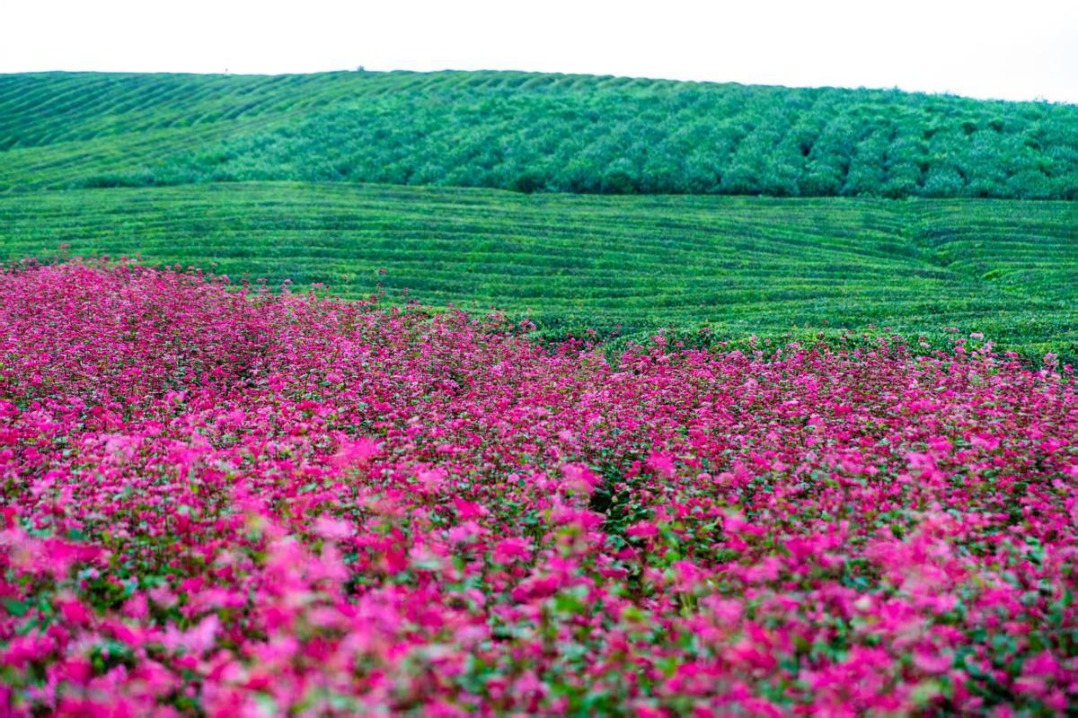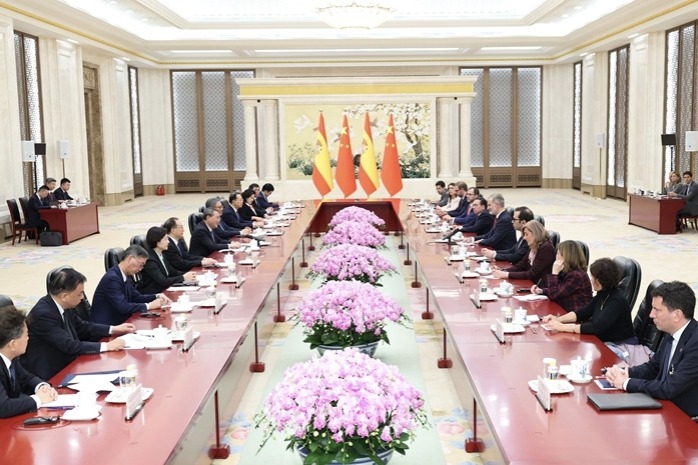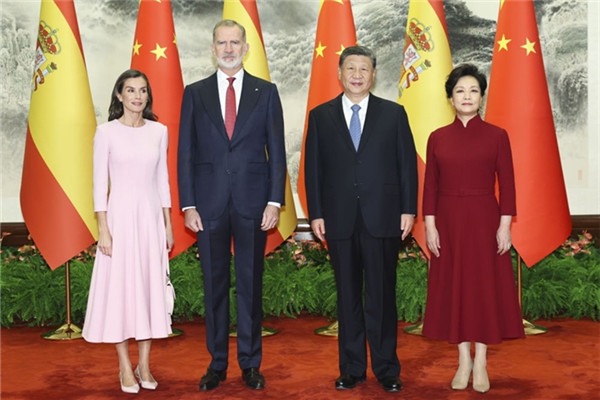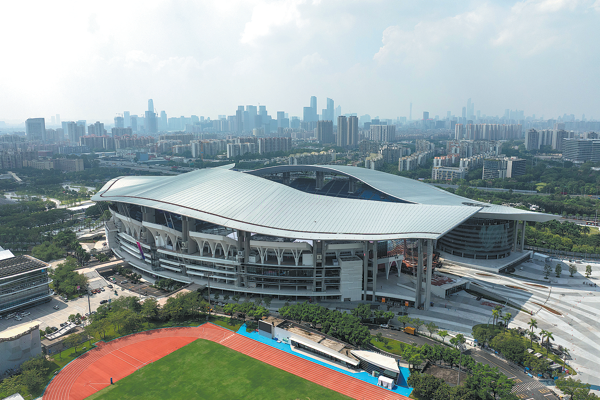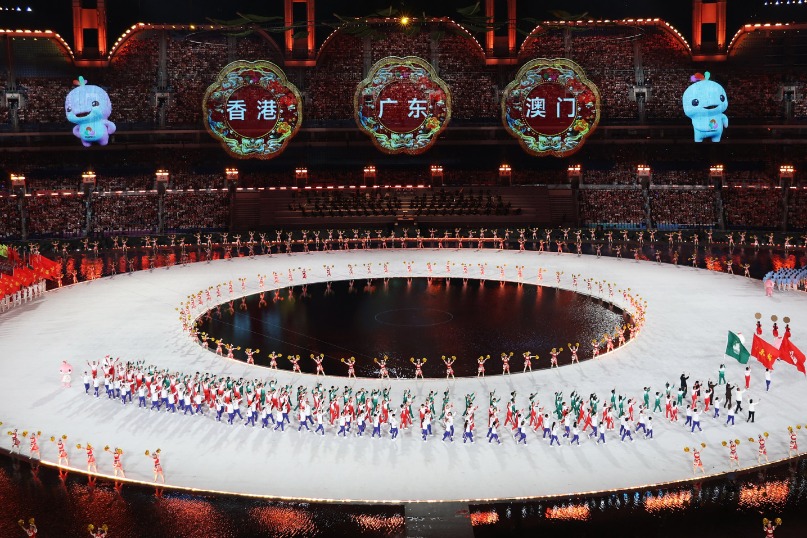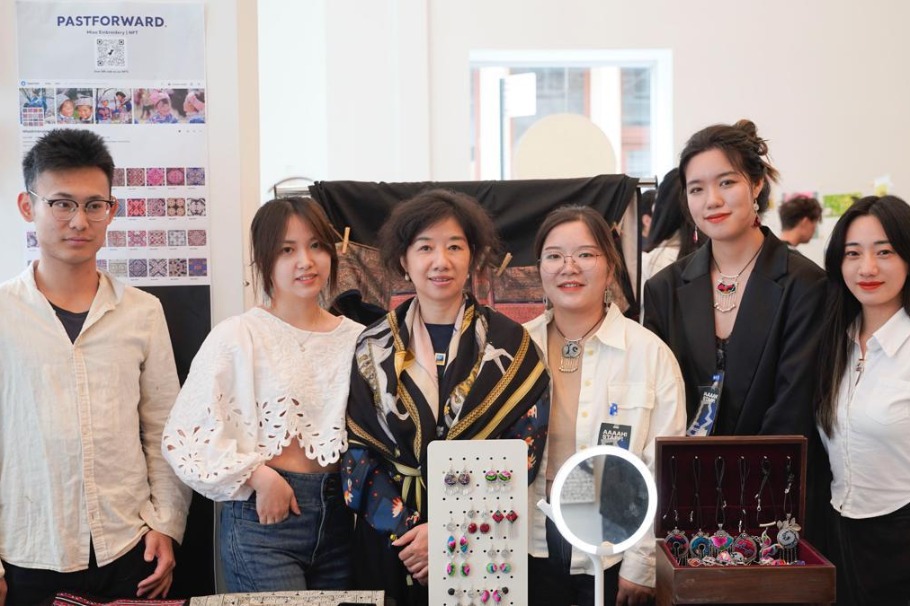Exhibition highlights Yangtze River's influence on Chinese civilization


Divided into three thematic chapters — Vital Origins, Brilliant Convergence and Magnificent Momentum — the exhibition spans 11 sections that metaphorically represent the 11 provincial-level regions through which the Yangtze flows.
The Vital Origins explores early human activities and the shared genetic roots of Chinese civilization, with highlights such as jade artifacts from the Neolithic archaeological site of Liangzhu in Zhejiang province, painted pottery from the Shijiahe site dating back about 5,900 years in Hubei province, and early city structures from the Baodun site about 4,500-3,700 years ago in Sichuan province.
The Brilliant Convergence showcases how the Yangtze contributed to the development of crafts, governance and philosophy, featuring relics from the ancient sites of Panlongcheng in Hubei and Sanxingdui in Sichuan, and exquisite bronzeware from Yunnan and Sichuan.
The Magnificent Momentum delves into the river's influence from the Song Dynasty (960-1279) onward, highlighting advancements in politics, education, trade and cultural exchange — from the Yuelu Academy and Jiangnan textile industry to ancient imperial examination scripts and theatrical paintings.
Beyond artifacts, the exhibition reimagines how geography and history intertwine, integrating symbolic visuals and interactive technologies. The museum's central atrium — with its grand dome and layered platforms — has been transformed into a narrative space where visitors metaphorically "travel upstream" along the river's cultural course.
- Shanghai's Jinshan district reports economic growth
- Building an effective global communication discussed at Hunan forum
- Cleaning staff transform fallen ginkgo leaves into campus art sensation
- Chinese scientists weave tiny polymer capable of towing car
- Hebei to expand transportation projects during 15th Five-Year Plan period (2026-30)
- Nankai University scholar publishes long-lost Latin translation of Tao Te Ching



















